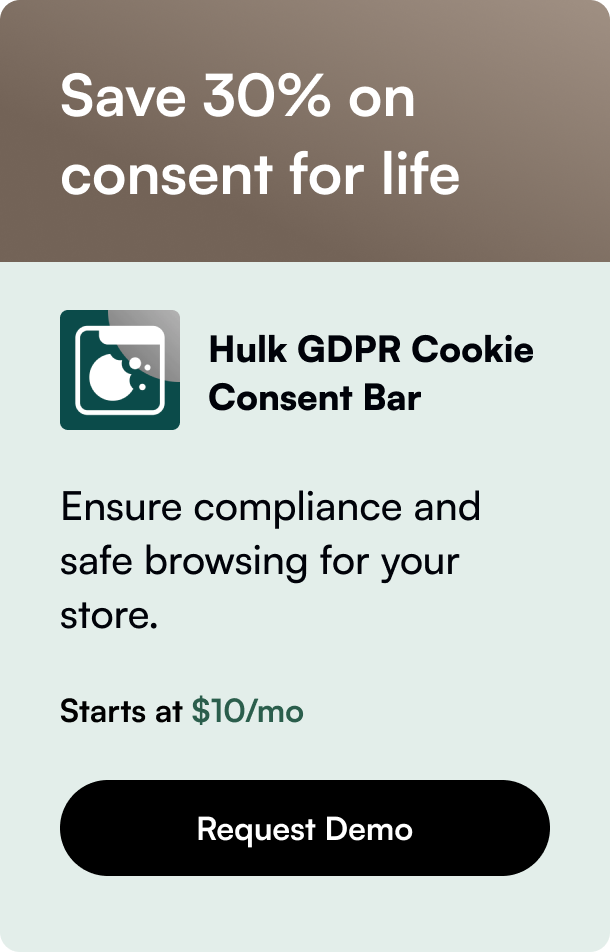Table of Contents
- Introduction
- Why Integrate Shopify with Amazon?
- Prerequisites for Integration
- Setting Up Your Integration
- Closing Thoughts and Tips for Success
- Frequently Asked Questions about Shopify and Amazon Integration
Introduction
Have you ever wondered if it's possible to significantly amplify your sales by tapping into one of the world’s largest eCommerce marketplaces while conveniently managing your products? In this post, we delve into the practical steps and strategic advantages of connecting Shopify with Amazon.
Bringing together the sales expertise of Amazon with the user-friendly interface of Shopify introduces you to a marketplace teeming with buyers, opening up your business to an immense potential audience. Whether you have a wide range of products or a specialized niche, it is clear that diversifying your sales channels is key to business scalability in our increasingly online world.
Let's outline what you're set to gain from this synchronization, the setup requirements, and offer a walkthrough on how to connect your Shopify store to Amazon for a seamless sales experience that could revolutionize your business model.
Why Integrate Shopify with Amazon?
Integrating Shopify with Amazon brings several benefits:
- Increased Visibility: Your products can appear before millions of Amazon's customers, resulting in heightened exposure compared to relying on Shopify alone.
- Streamlined Operations: Manage your product listings and inventory through Shopify's interface while making sales on Amazon.
- Enhanced Customer Reach: Amazon's vast customer base will be within your reach without the need for expensive ad campaigns aimed at drawing in new customers.
- Hassle-Free Fulfillment: With Amazon's fulfillment options, you can leverage their storage, packaging, and shipping services, reducing your logistical burdens.
- Data Tracking and Analytics: The integration provides valuable data on sales trends, customer preferences, and market shifts, crucial for strategic decision-making.
Prerequisites for Integration
To bridge Shopify with Amazon, you'll need:
- An active Amazon Seller account.
- Approval from Amazon to sell in the relevant categories if necessary.
- Robust inventory management to keep stock levels accurate across platforms.
- High-resolution product images and detailed descriptions meeting Amazon's standards.
- A Shopify plan that supports this feature, ensuring you're equipped with the necessary tools and permissions.
Setting Up Your Integration
Follow these steps to connect Shopify with Amazon:
Amazon Seller Account: Before anything else, you’ll need to set up or log into your Amazon Seller account. If it's a Professional Seller account, then you're prepared for the synchronization process.
Install Integration App: Due to recent updates, you'll need an integration app from Shopify's App Store to carry out the connection, such as Amazon by Codisto or Amazon Integration Plus. Install the app which best meets your business needs and subscribe to any associated plans.
Configure Settings: Using your selected app, configure your settings. You'll connect your Amazon account, choose fulfillment settings, and match Shopify products to Amazon listings.
Inventory and Listings Sync: Set up real-time or scheduled inventory sync between Shopify and Amazon to maintain accuracy across both platforms. Make sure product details are consistent and up to date.
Product Assignation: Link or create product listings within Amazon, categorizing products accurately so they're easy to find for potential customers.
Order Management and Fulfillment: Decide if you'll fulfill orders directly or through Amazon's FBA. Orders from Amazon can be viewed and managed within your Shopify dashboard for a centralized operational process.
Test Orders: Place test orders to ensure the integration's functionality is smooth and all inventory and fulfillment processes are working correctly.
Monitor and Optimize: Constantly review performance metrics provided by both Shopify and Amazon. Make informed changes to your listings for enhanced optimization to stay ahead of your competition.
Closing Thoughts and Tips for Success
While it's simple to start your journey towards multichannel retailing, consider the following tips to maximize your integration’s effectiveness:
- Keep a close eye on inventory updates to avoid issues with order fulfillment.
- Regularly optimize product listings utilizing the provided data to improve search ranking on Amazon.
- Offer promotions, bundle deals, or use Amazon's advertising tools to increase product visibility.
- Keep abreast of any changes in Amazon's policies to ensure compliance and uninterrupted sales.
In summary, integrating Shopify with Amazon could stimulate a newfound growth path for your business, boasting an enlarged customer base, streamlined management, and increased sales potential. Embracing this expanded online presence will place your business on an accelerated track to reach new heights in the eCommerce landscape.
Frequently Asked Questions about Shopify and Amazon Integration
Q: Can you sync all Shopify products to Amazon automatically? A: Majority of apps allow you to selectively sync products or do so in bulk, automating most of the synchronization process.
Q: Will integrating Amazon with Shopify change how I handle customer service? A: Your customer service approach should adapt to incorporate Amazon’s customer service standards while maintaining the quality and brand voice established on Shopify.
Q: Does Amazon's integration affect Shopify payment processing? A: No, each channel's payments are processed separately, with Amazon processing its payments and Shopify handling its own.
Q: Can I use the same branding across both platforms? A: Yes, maintaining consistent branding between your Shopify store and Amazon listings is crucial for brand recognition.
Q: How often should I check my Amazon store performance? A: Regularly review analytics to stay updated on sales performance, ideally on a weekly basis, or more often if running promotional campaigns.







